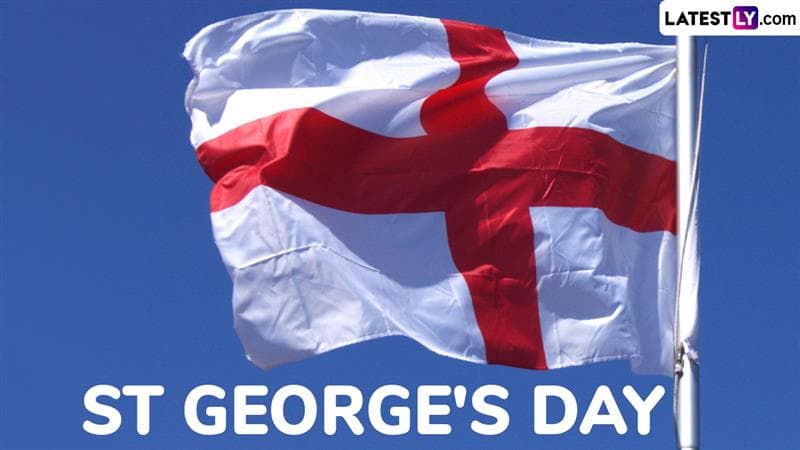The hurricane dead zone: Map shows coastline that hurricanes can't seem to reach - USA Today

A University of Oklahoma student plotted every U.S. hurricane landfall since 1851, totaling 307.The mid-Atlantic region, particularly around Washington D.C., has seen very few direct hurricane landfalls due to its coastline orientation and prevailing wind patterns.The 1880s were the most active decade for U.S. hurricane landfalls on record. There have been 307 hurricanes that made landfall in the mainland United States since records began in 1851, and now you can see them all on a single map. University of Oklahoma student Michael Ferragamo's unique project reveals one obvious, and fascinating pattern: A stretch of coastline seemingly immune from hurricane strikes. The map documents landfall after landfall in Texas, the Gulf Coast, Florida and the southern East Coast. That's about 2,000 miles of coastline covered in dot after dot, marking landfall after landfall, with few breaks. And then something interesting happens around the Virginia border: The dots suddenly stop. Traveling north along the coast, a single dot marks a 1903 hurricane in southern New Jersey. The dots pick up again around the New York border. The map is a fascinating representation of the protection geography and meteorology gives the millions of people who live in the mid-Atlantic region — especially in the Washington DC area. (It should, however, be noted that the map only shows the location at the moment of landfall, and not any impacts a given storm might have hundreds or even thousands of miles away from where the hurricane made landfall. Regions far away from a dot could still face the wrath of a hurricane.) Why is the mid-Atlantic so protected? The Mid-Atlantic is a great example of what happens when geography works in your favor, according to Ferragamo. This region’s coastline is very north-south oriented from the Outer Banks to New Jersey. Due to this, hurricanes have to come in at a left angle to make a direct landfall. "Wind patterns this far north however, like the jet stream and troughs, promote shoving hurricanes to the east, out to sea entirely (which is also why New England has more close encounters off the coast than direct landfalls). Very rarely, as seen with the 1903 New Jersey Hurricane, will a storm have just the right steering pattern to make landfall in the Mid-Atlantic. Make no mistake however, this is very much an anomaly." Hurricane expert, meteorologist Andy Hazelton, looked over the map for USA TODAY and agreed that the mid-Atlantic is unusually protected due to a combination of geography and meteorology. "Since those coasts are oriented north-south, it makes it very hard for a northeast-moving storm to hit them directly from the ocean. You would need a very unusual 'blocking' orientation high to even get something close, like what happened with Sandy," Hazelton said. News about our planet: Sign up for USA TODAY's Climate Point newsletter. What about Isabel? And Sandy? Ferragamo said the mid-Atlantic usually gets its hurricane encounters via inland, such as when a hurricane makes landfall in either North or South Carolina and passes through the region. A notable example of this is Hurricane Isabel in 2003, making landfall in North Carolina and passing through Virginia still as a hurricane. "I do (also) want to make an important note on comments I get regarding Hurricane Sandy in 2012," he told USA TODAY. "A lot of people remember the storm striking New Jersey as a hurricane, and while Sandy did hit New Jersey, it was officially classified as post-tropical just prior to landfall. This means the storm was no longer feeding off ocean waters, and did not have the structural characteristics of a typical hurricane anymore. This is why Sandy is not listed in the landfall maps!" What about the 1933 Chesapeake/Potomac hurricane, which wreaked havoc in the mid-Atlantic? The 1933 Chesapeake–Potomac Hurricane (six 1933 on the U.S. landfall map) is very similar to Hurricane Isabel in 2003, making landfall on the Outer Banks in North Carolina first before racing inland. "The main difference with the 1933 hurricane, however, is that it made landfall on the northern part of the Outer Banks, pretty rare for a hurricane coming from the east." During landfall, it started to speed up and turn northward, allowing it to carry its hurricane-force winds further inland across Virginia. The storm was extremely rare in nature, and one of the most intense to ever affect the Washington D.C., area. These fast-moving, Mid-Atlantic hurricanes seem to occur every 40 years or so, with 2003, 1933, 1896, 1893, and 1878 all being examples. Project shows other 'cool things and oddities' "Every time I plot hurricane landfalls, I always discover little cool things and oddities that I never knew," Ferragamo said. "When doing the US landfall map, it occurred to me just how active the 1880s were. In our database, the 1880s hold the record for the most landfalling US hurricanes in a single decade, at 20. "In fact, the late 1800s featured some very active seasons like 1886, 1887 and 1893. Taking into consideration our lack of technology and populated coastlines, there’s a pretty solid chance that activity was even higher than recorded." "I’ve done a lot of work with the hurricane database over the years," he said, "so while plotting these hurricanes, I had a general idea of what to expect. However, the one thing that always surprises me comes from New England." This region, known for its harsh winters and mild summers, has actually taken brutal hits from major hurricanes in the past. The 1938 New England Hurricane produced the strongest hurricane-related surface wind gust ever recorded in the United States, 186 mph at Blue Hill Observatory in Massachusetts, just a few miles south of Boston. Atlantic map has 1,167 landfalls Ferragamo wasn't done with his hurricane plots with the U.S. map, and he next turned his sights to the entire Atlantic basin, which he completed earlier in April: "It's finally done, I can't believe it. After months, I have finally plotted every single Atlantic hurricane landfall on record. There are approximately 1,167 hurricane landfalls listed. This is so unreal to look at," he posted on X this month.



















